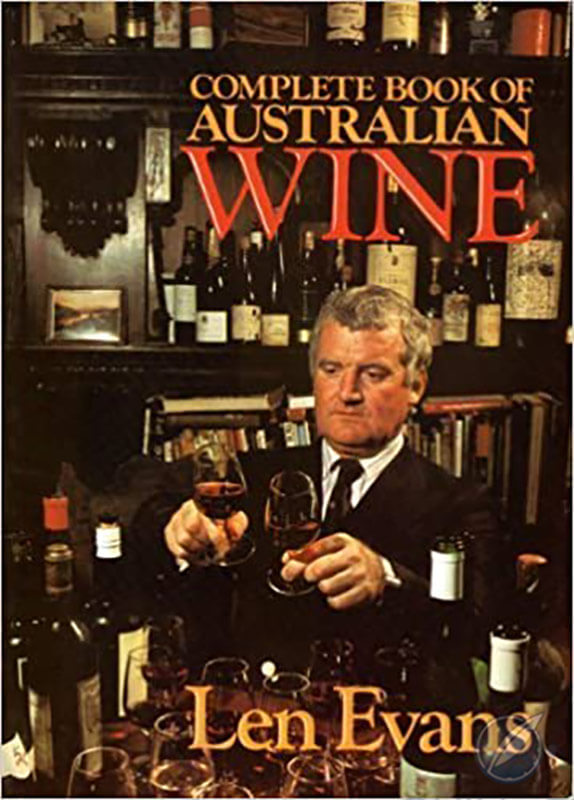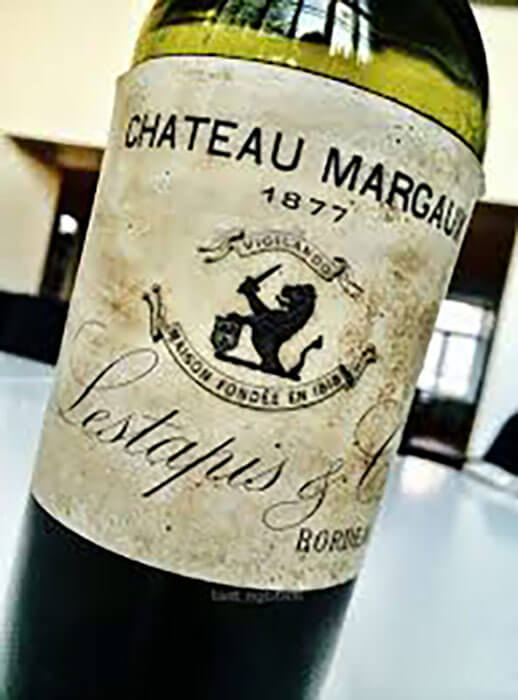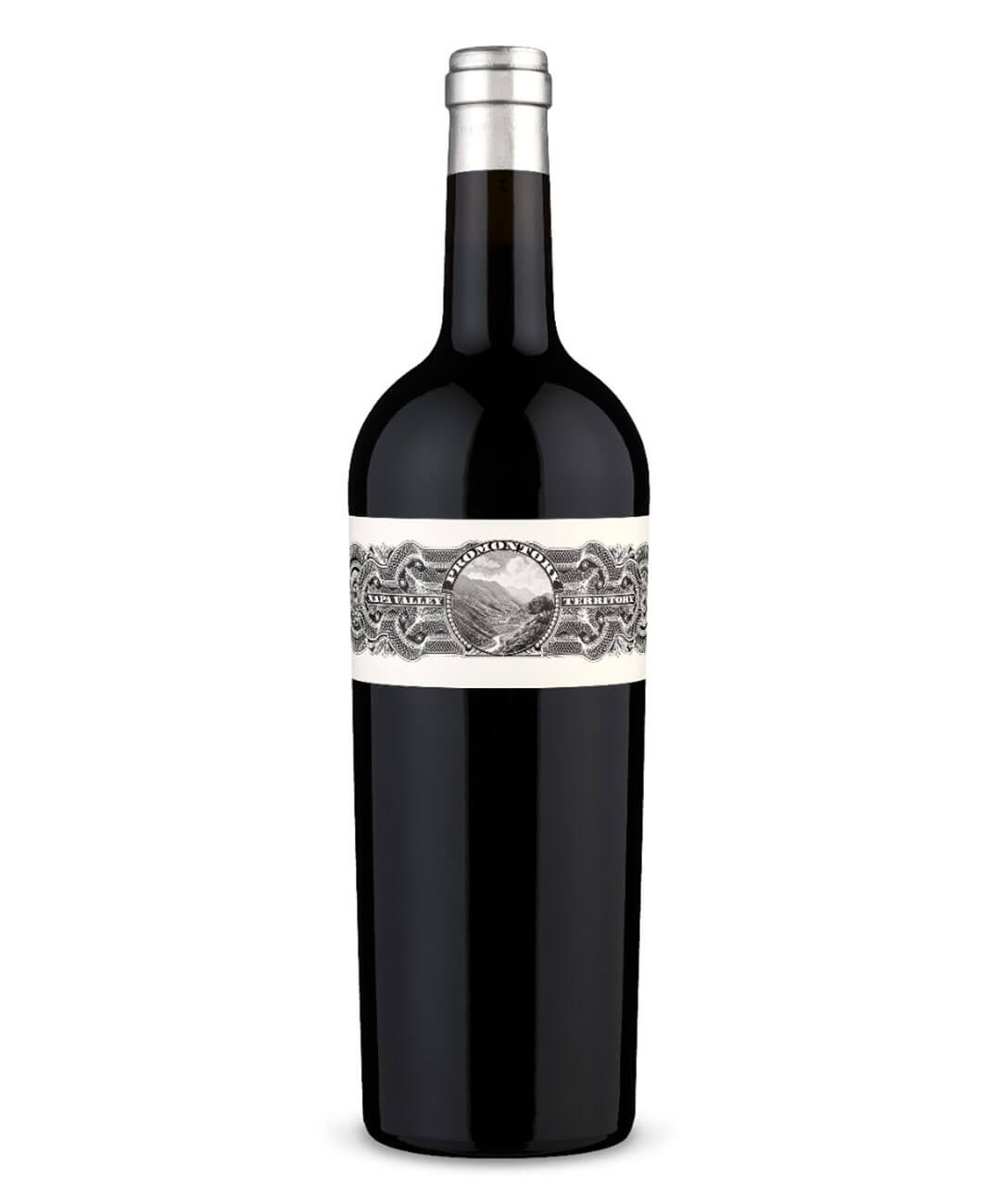by Ken Gargett
One of my favorite stories about wine shows involved the “godfather of Australian wine,” the late Len Evans.
Evans, or “the Chairman” as he preferred to be addressed, was a man small of stature but larger than life in every way possible. A force of nature with an extraordinary palate. It is no exaggeration to say that without Evans, Australian wine would be a shadow of the internationally respected and recognized entity it is today. Exports would be nothing like those that the nation has achieved.
In short, Evans did more for the Australian wine industry than any other man in its history.
Evans was very big on wine shows. The Len Evans Tutorial, a week of intensive education as to the great wines of the world – he believed that one could not judge wines unless one had experienced and understood the best – with the great names of the industry like James Halliday, Iain Riggs from Brokenwood, Ian McKenzie from Seppelts, and more leading scholars was just one of the many brilliant initiatives that came from him.
Aspiring judges and members of the industry gather at the wonderful Tower Lodge in the Hunter Valley for a week of very hard work and astounding wines. Lunches and dinners see no respite with those attending quizzed relentlessly throughout both.
Evans’ contacts around the world were second to none, and many have talked about how Evans rang to tell them the wines they would be kindly contributing to the Tutorial. I was very fortunate to attend many years ago. It turned out to be the last one over which the Chairman presided, passing away not long after.

Len Evans on the cover of his ‘Complete Book of Australian Wine’
Evans was utterly confident in his palate for good reason: he was quite astonishing when it came to blind tasting. I remember one show many years ago when the judges and associates all gathered to finalize the trophy winners. Among the judges, there were a number of extremely highly esteemed names, winemakers, and critics respected around the world (and a few more of us just honored to be present).
In one category we voted (all secret ballot, of course), and it was unanimous as to our preferred wine. Almost unanimous. Evans was the “actual” chairman of this show and he simply announced that we were all wrong and he named the winner. There was no argument.
This story dates back to yet another of Evans’ initiatives: the inclusion of overseas judges to bring a different angle to the assessment of the wines. It can be a brilliant arrangement, benefiting the offshore judges as they learn our systems and experience our wines and benefiting the judging by adding a critical eye with a different perspective to the judging.
On this particular occasion, a judge from Japan had been invited. She flew down for the show (some shows can take the best part of a week, but this was a couple of days).
Aussie shows in those days judged on the 20-point system. Panels were three judges with an associate, whose scores do not count as they are there for experience. There is much horse-trading that goes on. Panel members defend their choices and might challenge those of another if they feel the wine does not merit what is suggested.
The judges’ scores move up and down. Wines can and will be tasted and re-tasted. I have been surprised when judging overseas how each judge works on their own, gives a score, and that is it. No discussion. A very different system.
I prefer the Australian method as there is far less chance of a wine slipping through the cracks. It acknowledges that we do not get it right every time. Working with other judges allows us to rectify that and to assist others if they miss something.
After discussion, each wine receives a single score, which is the average of the three judges: 18.5 for gold, 17 for silver, and 15.5 for a bronze medal (now with the 100-point system: 95, 90, and 85 respectively). Gold will be an exceptional wine; silver an extremely good one; and bronze a very solid, often fault-free commercial wine.
Below that, the wine will be a bit ordinary or perhaps even faulty. Those scores tended to sit around 12-15/20. Very rare for anything to get less. In the old days, it was a single gold, silver, and bronze for each class, but these days there can be as many medals as the judges feel fit to award.
Unfortunately, our Japanese friend refused to get on board with the Australian system. If she was not enamored of a wine, she gave it one or two points out of 20 and refused to budge despite Evans’ endless protestations. And there were a lot of wines she did not like. Of course, that threw out the averages dreadfully. Apparently, Len was forced to stay behind re-judging everything and was not pleased.
Later that evening, he told the Japanese judge that the second day was canceled and quietly promoted one associate to the panel to replace her. He then gave one of the female associates (these were different, and certainly less enlightened, times) a new brief. She was to take the Japanese judge shopping for the day. Under no circumstances was the poor associate to allow the judge to return until late that day when the judging would be long over.
I once asked Len if there was a single wine from the twentieth century that he had not tried but wanted to. It was one of the few times I saw him stop to consider an answer before eventually turning to me and saying, “No, I’ve tried every great wine from that century.”
One has to think there might be a few he missed, but I can think of only two men who might be able to say something similar – the late Michael Broadbent and my very good friend from Helsinki, Pekka Nuikki.
All of which was the usual digressive path to today’s focus.
Pekka Nuikki and the Best Wine of the World
Nuikki has had a long and varied career in a variety of pursuits, inevitably successfully, with wine his focus for several decades now. He established a series of superb wine magazines around the world with his Fine Wine Society (Fine Champagne, Fine Bordeaux, Fine Wine, and so forth).
He also established the wonderful wine resource site www.tastingbook.com. From that has sprung various competitions, not least the ambitious yet successful “Best Wine of the World” competition.

Best Wine of the World Competition
Along the way, he has sourced many great wines, especially old wines – tricky to do in these days of fakes, but his sources seem impeccable – and held many of the most amazing tastings ever seen on this planet. Nuikki shares a quality with most true wine lovers: generosity. And few have ever been as generous as him.
If I may be permitted to indulge for a moment: a few years ago, after a trip to wineries in Australia, a few friends got together for a farewell dinner. Just a casual evening at a BYO (popular in Australia as they allow patrons to bring their own wines, hence “bring your own”).
Nuikki asked if he might be allowed to contribute a wine. The dinner was for him but if he wanted to, who were we to stop him? I swear no human has ever been more nervous than the poor waiter at the BYO when asked to look after one of the extraordinary bottles of champagne, the 1907 Heidsieck salvaged from the bottom of the Baltic. It would have been worth about a year’s wages for our waiter.
On another occasion, when I was visiting Helsinki after an excellent tasting, we had a small dinner. Nuikki asked me if I would have a go at guessing the wine he served near the end of the evening.
Given that it was toward the conclusion, I was perhaps a little more confident than I would have been a few hours earlier (and far more confident than I had any right to be). Anyway, I declared it a First Growth Bordeaux and one of exceptional quality and certainly some age. I was thinking 1960s, perhaps even as far back as the 1950s.
Knowing how much Nuikki loves great Bordeaux, my guess was perhaps a little playing the man as well as the wine.
Turned out it was a First all right. It was, Nuikki announced, the ’77 Margaux.
I knew enough to object immediately. Not only was 1977 an absolutely horrid vintage, but Margaux was also going through a very poor patch at the time – from the early 1960s to 1978, it really struggled to justify its ranking as a First, although since then it has been more than exemplary. For me, this wine was far too good to be a 1977 Margaux.
“No,” said Pekka, “the 1877.” Well, that was wonderfully generous of him and was more than enough to shut me up for the evening.

Château Margaux 1877 (photo courtesy www.tastingbook.com)
Best Wine of the World competition
Finally, today’s focus: the Best Wine of the World competition. Anyone seriously interested will have some fun poking around all the results – free access on the site.
The winner? The 2018 Château Mouton Rothschild, another of Bordeaux’s First Growths.

Château Mouton Rothschild 2018: winner Best Wine of the World 2020
Naturally, it also became Best Red of the World as well, with several wines just behind it awarded Platinum status.
These include three Napa Valley wines – Promontory 2014, Blankiet Rive Droite 2016, and Harlan Estate 2016 – another top Bordeaux, the Château Lafleur 2015, and the 2016 Penfolds Grange (whose 2015 vintage also picked up a gold). Thirty-three wines were awarded gold medals, and I’d be thrilled to drink any of them.

Promontory 2014 awarded Platinum status in the Best Red of the World competition 2020
Past winners of the Best Wine of the World include the Harlan Estate 2013 from Napa Valley and the Masseto 2009 from Tuscany.
Best White of the World went to Penfolds Yattarna Chardonnay Bin 144 2018, a stunning wine. Topping one of the Platinum winners, the 2014 Coche Dury Corton Charlemagne is impressive indeed.

Penfolds Yattarna Chardonnay Bin 144 2018
Other Platinum winners were a mixed bag from a regional perspective, including the Robert Weil Kiedrich Gräfenberg Trocken Riesling GG 2018, Chapoutier’s Ermitage de L’Orée 2015, and Château Smith Haut Lafitte Blanc 2015. There were 20 golds, some really exciting wines.
There are numerous categories in the judging – Best Winery, Best Fortified, Best Champagne, Best New Winery, Best Winemaker, and more. Have a look through. It will offer a range of wonderful options for special wines for your cellar and enhance anyone’s understanding of wine.
For more information, please visit www.tastingbook.com and/or www.bwwcompetition.com
You may also enjoy:
Penfolds 2016 Grange And G4: Superlative Wines, Well Deserving Of 100 Points. Each!
Leave a Reply
Want to join the discussion?Feel free to contribute!





















































There is also the best rose wine ixsir from lebanon. I have read that before as an article on google and i was proud of that. I read most of quill and pad articles
hi Iyad, Absolutely. Lots of winners I did not mention, simply for space but easy for anyone to find if they are interested. Unfortunately, downunder, we rarely see much from Lebanon with the exception of the excellent Musar.
Hope you keep enjoying the articles.
Perhaps there should be a best palate of the world competition!? I suspect there are far fewer great palates than great wines (mine would probably score about 2/20: I love wine and have tried a fair number of the Greats as bucket list items, but, sadly, fear that I miss most of what they have to offer!).